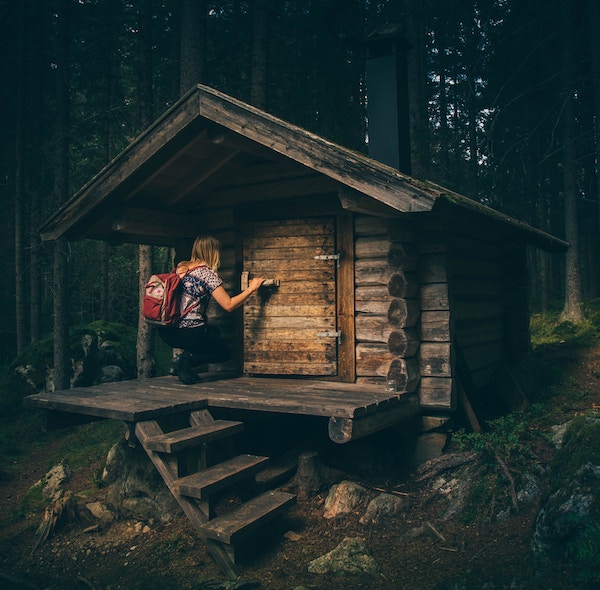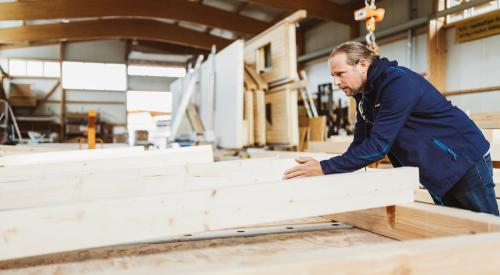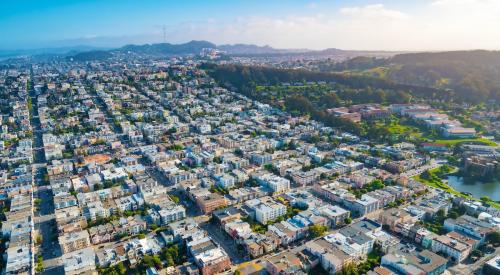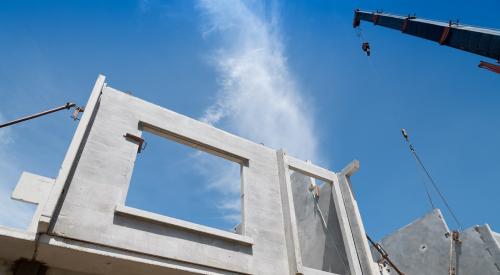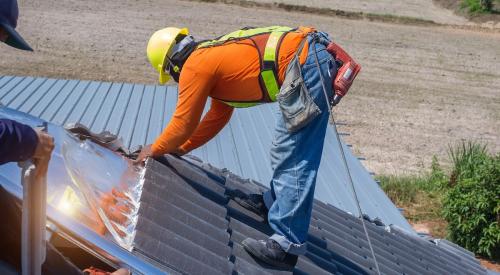They’ve been lovingly feted as quaint, efficient, and a minimalist’s micro utopia.
The 240-square-foot tiny house in the Bay Area that Fast Company staff writer Adele Peters lives in would be okay for a few days to a couple of weeks. But for the long term, her accessory dwelling unit is just too small, she writes.
To be fair, the house is beautifully designed, with huge windows and a full, if diminutive, kitchen. For a few days or a couple of weeks, it would be a very comfortable place to stay. With some tweaks, it could be a better fit for long-term living; if the ceiling in the loft was a couple of inches higher, for example, I wouldn’t hit my head when I sat up and it could be used for sleeping, freeing up space on the main level for a more normal-size living room. For someone who spends long hours at an office and only comes home to sleep, the tiny size might be manageable. But for anyone not making a tech industry salary, the main problem with living in a tiny house is feeling like there isn’t another option: The tiniest apartment might be cheap, but there’s little available at a larger size that’s still affordable. Like friends who’ve lived in the same rent-controlled apartment for several years, I feel like I have nowhere to move.
